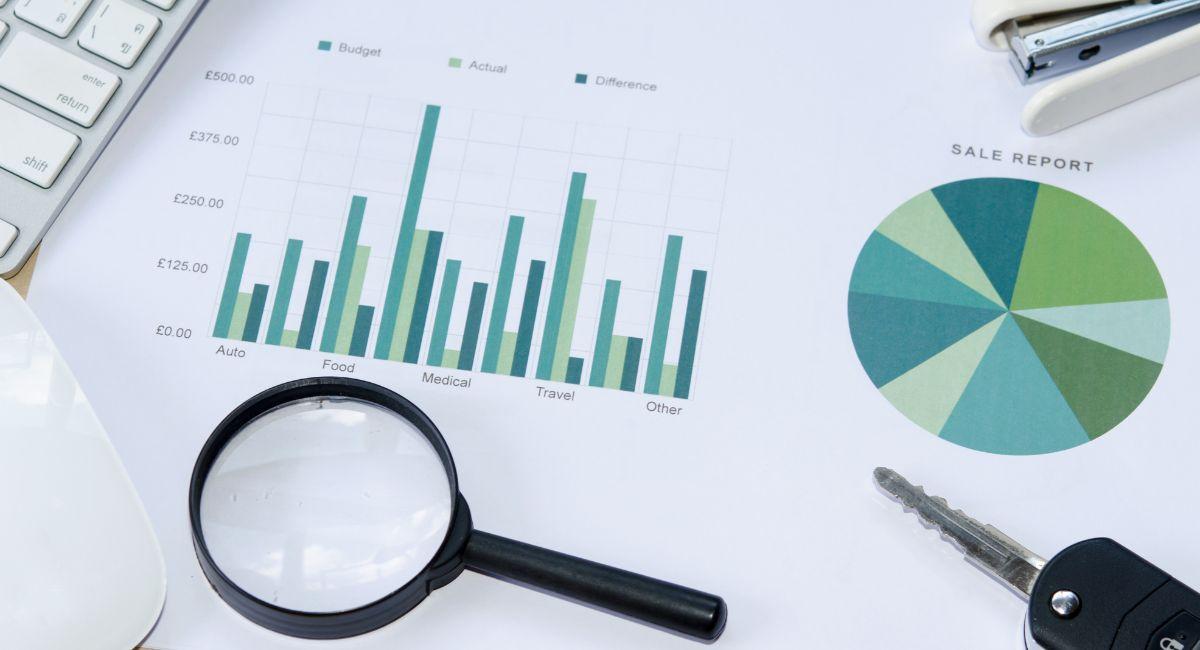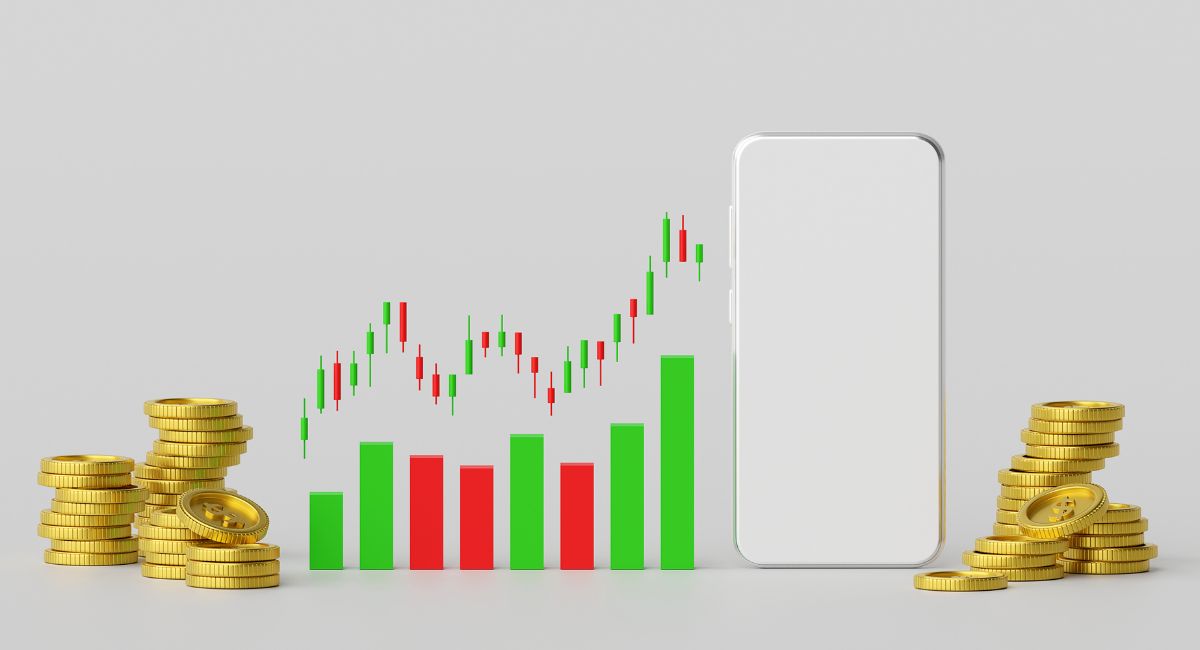Social Trust Graphs in the blockchain world are a fascinating concept that goes beyond the traditional understanding of trust in decentralized systems. In the realm of blockchain technology, trust is typically established through cryptographic algorithms and consensus mechanisms. However, Social Trust Graphs introduce a layer of trust built on social interactions and relationships within a decentralized network.
Understanding Social Trust Graphs:
1. Decentralized Trust Dynamics:
Social Trust Graphs leverage the decentralized nature of blockchain to redefine how trust is established. Unlike centralized systems that rely on a central authority, blockchain networks distribute trust among participants, and Social Trust Graphs further enhance this by incorporating social connections.
2. Nodes and Edges:
In the context of Social Trust Graphs, nodes represent individual participants or entities within the blockchain network. Edges, on the other hand, denote the trust relationships between these nodes. These relationships are not solely based on transactional history but also on social interactions, collaborations, and shared experiences.
3. Trust Algorithms:
Building and maintaining a Social Trust Graph involve sophisticated algorithms. These algorithms analyze patterns of interaction, historical collaborations, and even social behaviors within the blockchain community. As participants engage in transactions and build connections, the graph evolves dynamically, reflecting the changing trust landscape.
Also, read- Is Web3 The Hero Of Blockchain World Or Something Else Is ruling It?
Top 10 Applications of Social Trust Graphs:

Social trust graphs find diverse applications across various domains, leveraging the insights gained from analyzing trust relationships within social networks. Here are the top 10 applications:
- Online Reputation Management:
- Social trust graphs are instrumental in assessing and managing online reputations.
- Businesses and individuals can use these graphs to gauge the trustworthiness of online reviews, endorsements, and interactions.
- Social Media Marketing:
- Marketers utilize social trust graphs to identify influential nodes and key connectors within a target audience.
- Understanding trust dynamics helps tailor marketing strategies to engage effectively with the most influential segments.
- E-commerce and Recommendations:
- Social trust graphs enhance recommendation systems in e-commerce platforms.
- By analyzing trust relationships, platforms can provide personalized and trustworthy product recommendations, improving user experience.
- Fraud Detection and Security:
- In financial transactions and online activities, social trust graphs play a vital role in detecting fraudulent behavior.
- Unusual patterns or deviations in trust relationships can raise alerts for potential security threats.
- Collaborative Filtering:
- Platforms that facilitate collaboration, such as project management tools or collaborative research environments, use social trust graphs for collaborative filtering.
- Users are recommended collaborators or content based on the trust relationships within the network.
- Human Resources and Hiring:
- Social trust graphs assist in identifying suitable candidates during the hiring process.
- Analyzing professional networks and endorsements provides valuable insights into an individual’s credibility and collaborative skills.
- Community Building:
- Online communities leverage social trust graphs to strengthen community bonds.
- Identifying key members and fostering trust among community participants enhances engagement and loyalty.
- Healthcare Networks:
- In healthcare, social trust graphs aid in building networks of trust among healthcare providers.
- Patients can benefit from personalized and trustworthy recommendations for healthcare services.
- Political Campaigns and Advocacy:
- Political campaigns use social trust graphs to identify influential individuals who can sway opinions.
- Understanding trust dynamics helps tailor messages to resonate effectively within specific social networks.
- Educational Platforms:
- Educational institutions use social trust graphs to enhance collaborative learning.
- By identifying trusted collaborators and influencers within a learning community, educators can facilitate effective knowledge sharing.
- Decentralized Technologies:
- With the rise of blockchain and decentralized applications, social trust graphs play a role in establishing trust within decentralized networks.
- Decentralized social platforms use trust graphs to foster reliable connections without centralized control.
These applications highlight the versatility of social trust graphs in providing valuable insights and enhancing decision-making processes across different sectors. The analysis of trust relationships continues to be a powerful tool in understanding and navigating complex social dynamics.
Challenges and Considerations of Social Trust Graphs

While social trust graphs offer valuable insights, their construction and analysis come with a set of challenges and considerations. Addressing these concerns is crucial for the ethical and effective use of trust graphs in various applications. Here are some key challenges and considerations:
- Data Quality and Reliability:
- Trust graphs heavily rely on accurate and reliable data. Inaccuracies in user profiles, fake accounts, or manipulated information can distort trust relationships.
- Ensuring the integrity of the data sources is essential to maintain the trustworthiness of the trust graph.
- Privacy Concerns:
- Building trust graphs involves collecting and analyzing user data, which raises privacy concerns.
- Striking a balance between the need for transparency and respecting user privacy is a critical ethical consideration.
- Bias in Trust Metrics:
- Algorithms used to calculate trust metrics may inadvertently introduce biases.
- Biases can emerge based on factors like user demographics, historical data, or algorithm design, leading to unfair or inaccurate trust assessments.
- Dynamic Nature of Relationships:
- Relationships and trust levels are dynamic, changing over time based on interactions and experiences.
- Trust graphs need to adapt to these changes, requiring continuous updates and real-time adjustments to maintain accuracy.
- False Positives and Negatives:
- Trust algorithms may produce false positives (misjudging trustworthy connections) or false negatives (missing actual trust relationships).
- Striking a balance between sensitivity and specificity in trust assessments is crucial to minimize errors.
- Lack of Context:
- Trust graphs may struggle to capture the full context of relationships and interactions.
- A high trust score between two individuals may not necessarily reflect the nature or purpose of their relationship.
- Cultural and Contextual Variations:
- Trust dynamics vary across cultures and contexts.
- Trust graphs designed for one cultural setting may not be directly applicable or effective in another, necessitating customization based on the specific social environment.
- Manipulation and Gaming:
- Malicious actors may attempt to manipulate trust graphs by creating fake connections or engaging in deceptive behavior.
- Implementing robust mechanisms to detect and prevent such manipulation is essential.
- Scalability:
- As social networks grow, the scalability of trust graph algorithms becomes a challenge.
- Efficient algorithms are required to handle large datasets and ensure timely updates without compromising performance.
- Interoperability:
- In multi-platform scenarios, ensuring interoperability between different trust graph systems is challenging.
- Harmonizing trust metrics and data formats across diverse platforms is crucial for seamless integration.
- User Understanding of Trust Metrics:
- Users might not fully understand how trust metrics are calculated or interpreted.
- Providing clear explanations and transparency regarding trust assessments helps build user trust in the system.
Addressing these challenges and considerations requires a multidisciplinary approach, involving expertise in data science, ethics, privacy, and cultural understanding. Implementing responsible practices ensures that social trust graphs contribute positively to decision-making processes without compromising user trust or privacy.
Future Implications of Social Trust Graphs

The future implications of social trust graphs in the blockchain world are significant, as they contribute to enhancing trust, transparency, and collaboration in decentralized ecosystems. Here are several potential future implications:
- Decentralized Identity Verification:
- Social trust graphs can be leveraged for decentralized identity verification in blockchain networks.
- Users’ trustworthiness, based on their social connections and interactions, can serve as a component of decentralized identity systems.
- Enhanced Smart Contract Execution:
- Social trust graphs can influence the execution of smart contracts by incorporating trust scores.
- Contracts could automatically adjust terms or permissions based on the trustworthiness of involved parties, reducing the need for intermediaries.
- Distributed Social Networks:
- Social trust graphs may facilitate the development of decentralized social networks on the blockchain.
- Users can control their data and relationships, and trust metrics can help filter content or recommendations within these networks.
- Token Curated Registries (TCRs):
- TCRs, which use tokens to curate lists of trusted entities, can benefit from social trust graphs.
- Trust metrics can guide the curation process, ensuring that valuable and trustworthy entities are included in the registry.
- Blockchain-based Reputation Systems:
- Social trust graphs can underpin reputation systems in blockchain applications.
- Participants’ trustworthiness, as measured by their interactions and endorsements within the network, can influence their reputation scores.
- Collaborative Decentralized Applications (DApps):
- Decentralized applications that require collaboration and user interactions can integrate social trust graphs.
- Trust scores can optimize partner selection, resource sharing, and collaboration within DApps.
- Cross-Chain Interoperability:
- Social trust graphs can contribute to cross-chain interoperability.
- Trust relationships established on one blockchain may influence interactions and collaborations across different blockchain networks.
- Governance and Decision-making:
- Social trust graphs can play a role in decentralized governance systems.
- Trust metrics may influence voting power, candidate selection, and decision-making processes within blockchain-based governance structures.
- Token-Based Incentives:
- Social trust graphs can be used to design token-based incentive systems.
- Participants with higher trust scores may receive additional incentives or rewards, encouraging positive contributions to the network.
- Community Building and Engagement:
- Blockchain projects can use social trust graphs to build and strengthen their communities.
- Trust metrics can guide community engagement strategies, recognizing and rewarding valuable contributions.
- Regulatory Compliance:
- Social trust graphs can assist in regulatory compliance by providing transparent records of trust relationships and interactions.
- This can aid in ensuring adherence to legal and compliance requirements in decentralized environments.
The integration of social trust graphs in the blockchain world holds promise for creating more resilient, trustworthy, and collaborative decentralized ecosystems. As these technologies evolve, careful consideration of privacy, security, and cultural factors will be essential to realize their full potential.
In conclusion, Social Trust Graphs in the blockchain world represent a paradigm shift by introducing a human-centric approach to trust within decentralized networks. As the technology matures, the impact of these trust graphs on various sectors, from finance to supply chain management, is likely to be profound, ushering in a new era of decentralized trust and collaboration.
Stay informed with daily updates from Blockchain Magazine on Google News. Click here to follow us and mark as favorite: [Blockchain Magazine on Google News].

 Bitcoin
Bitcoin  Ethereum
Ethereum  Tether
Tether  XRP
XRP  Solana
Solana  USDC
USDC  Dogecoin
Dogecoin  Cardano
Cardano  Lido Staked Ether
Lido Staked Ether  TRON
TRON  Wrapped Bitcoin
Wrapped Bitcoin  Chainlink
Chainlink  Wrapped stETH
Wrapped stETH  Avalanche
Avalanche  Sui
Sui  Stellar
Stellar  Toncoin
Toncoin  Shiba Inu
Shiba Inu  Hedera
Hedera  LEO Token
LEO Token  Hyperliquid
Hyperliquid  Litecoin
Litecoin  Bitget Token
Bitget Token  USDS
USDS  WETH
WETH  Polkadot
Polkadot  Bitcoin Cash
Bitcoin Cash  Ethena USDe
Ethena USDe  MANTRA
MANTRA  Wrapped eETH
Wrapped eETH  Uniswap
Uniswap  Pepe
Pepe  Monero
Monero  Ondo
Ondo  WhiteBIT Coin
WhiteBIT Coin  Aave
Aave  NEAR Protocol
NEAR Protocol  Mantle
Mantle  Official Trump
Official Trump  Dai
Dai  Aptos
Aptos  Internet Computer
Internet Computer  Ethereum Classic
Ethereum Classic  Bittensor
Bittensor  OKB
OKB  Cronos
Cronos  POL (ex-MATIC)
POL (ex-MATIC)  Gate
Gate 







